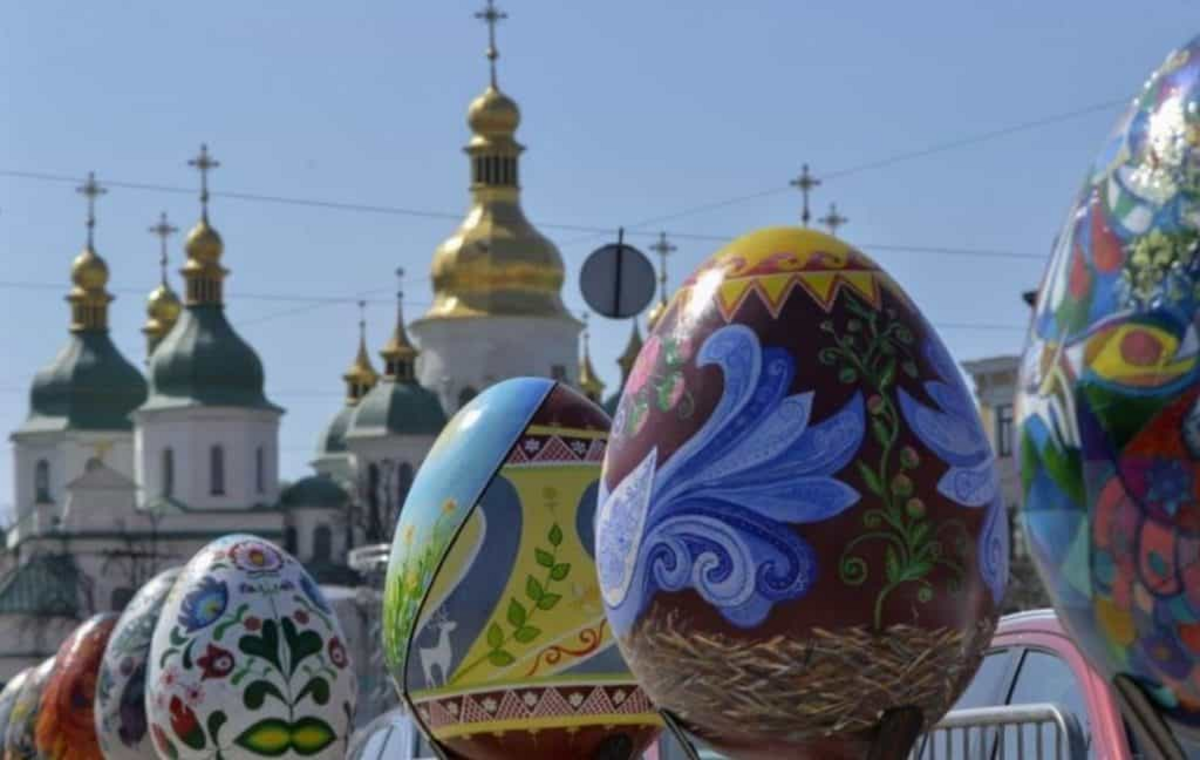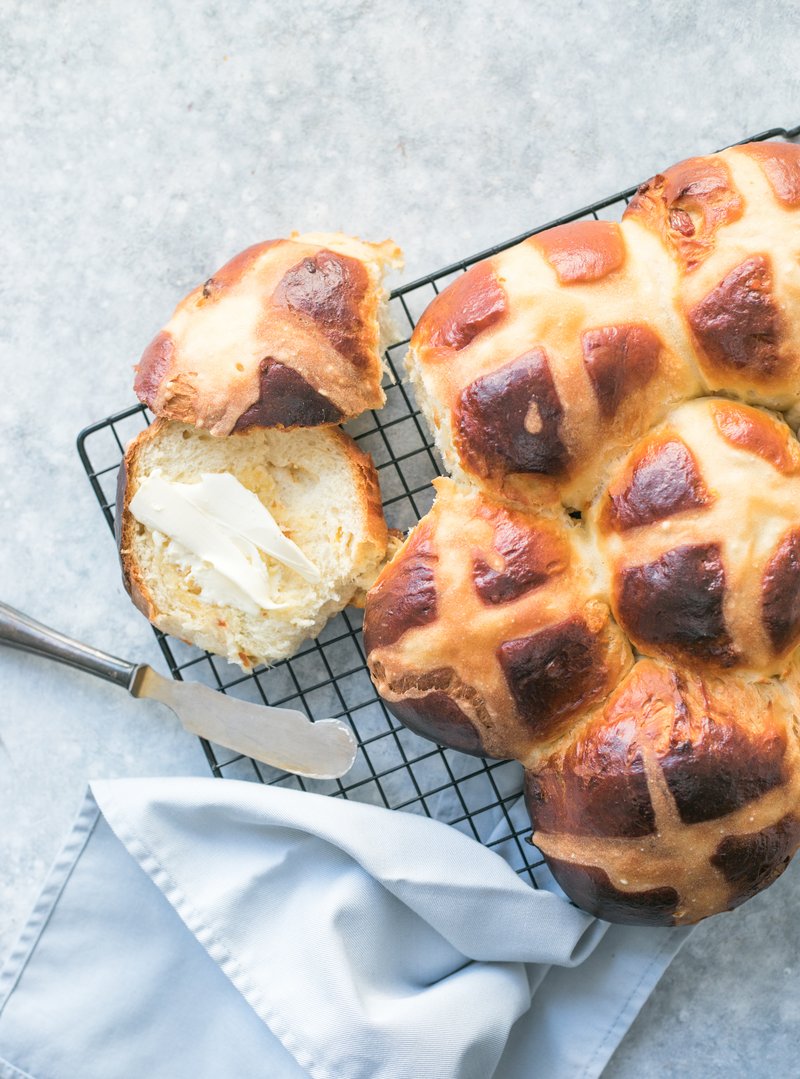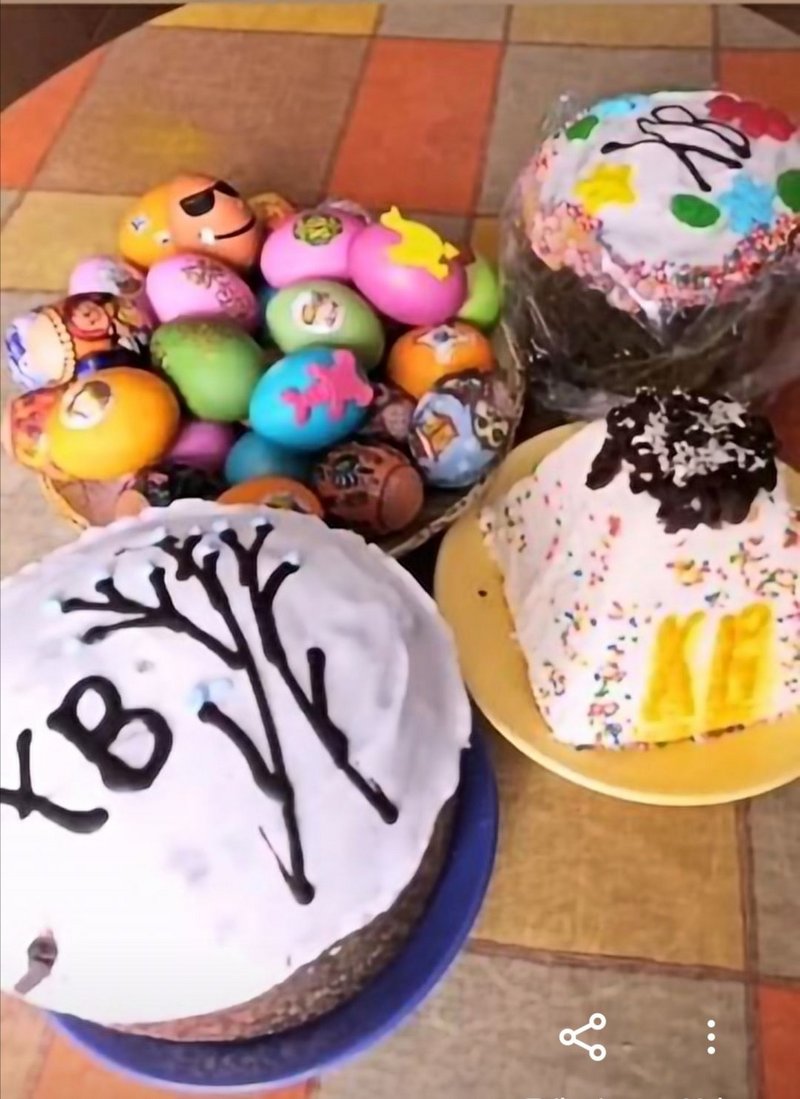Easter in Sweden
In Sweden, easter or påsk in Swedish is the first extended weekend of spring and for many Swedes this is the time to go to their holiday cottage outside the cities for the first time this year. As it is with most festive events in Sweden, if there is the possibility, it is preferred to celebrate in the countryside. Decorations for Easter are quite simple: branches decorated with ribbons and colorful feathers.
While in other countries like in Austria, Easter is an occasion mainly influenced by religion, it has become a secular one in Sweden. Many of the practices associated with Easter have religious origins, but this is not something that bothers Swedes much. In recent decades, Sweden developed its own style of celebrating this holiday: with a blend of Christian, folkloric and Old Norse traditions. The celebration starts on Maundy Thursday and runs until Easter Monday – with Holy Saturday marked as the main day (and evening) for festivities.
A traditional Easter lunch is likely to consist of different varieties of pickled herring, cured salmon and Jansson’s Temptation (which is made with potato, onion and pickled anchovies baked in cream). The table is often set like a traditional Swedish smorgasbord, a buffet with a variety of hot and cold dishes. One thing that is also not missing here and accompanies every Easter meal are colored eggs. For dessert, there are lots of sweets and spiced schnapps for the adults. For dinner, people eat roast lamb with potato gratin and asparagus, or some other suitable side dish.
One special tradition of Swedish children is that they dress up as cute little Easter witches and walk around collecting sweets from neighbors. Looks like they found an easier way than searching the whole garden for the candy that the Easter bunny brings. ;) Speaking of Easter bunny, although there are many wild bunnies running around even in the city of Gothenburg, the Easter bunny is not really a thing in Sweden.





